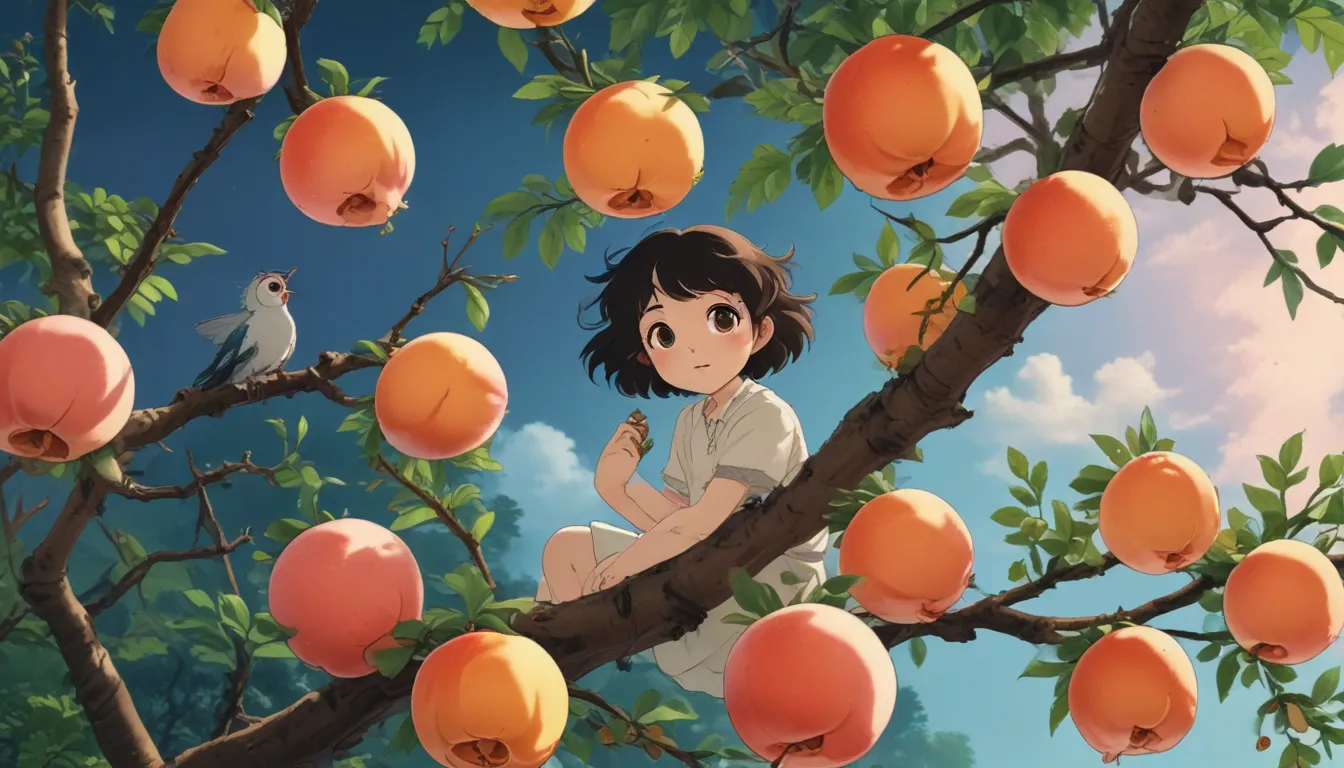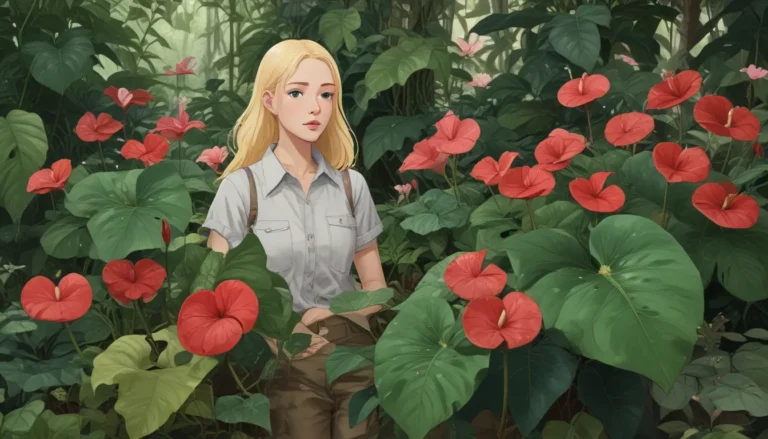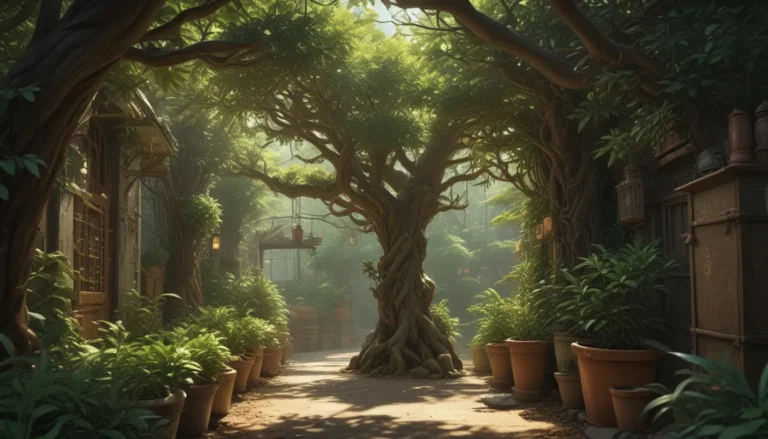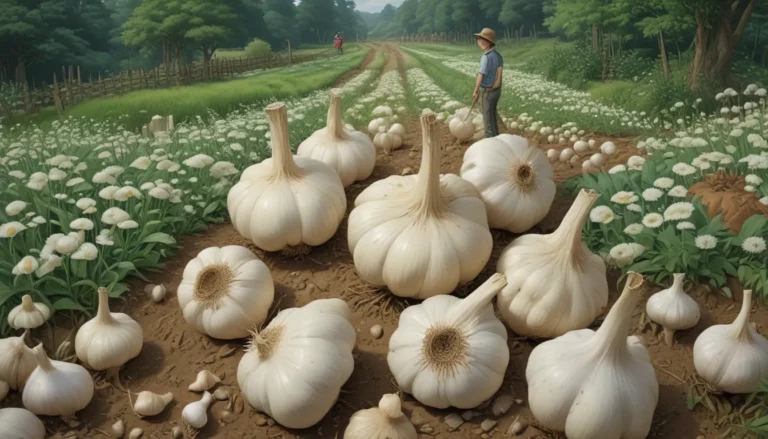A Comprehensive Guide to Understanding and Managing Peach Twig Borers

Peach twig borers are problematic pests that can wreak havoc on stone fruit and almond crops. Originating in Europe, these pests have made their way to regions all over the world, including Europe, North Africa, North America, and Asia. In this detailed guide, we will delve into the identification and control of peach twig borers, providing you with valuable information to protect your crops.
Understanding Peach Twig Borers
Peach twig borers are known for their voracious appetite, causing significant damage to various fruit trees, especially peaches. These pests target new buds and shoots in the spring and early summer, impacting the tree’s ability to bear fruit that season. Additionally, they feed on maturing fruit, hollowing out areas inside and leaving behind visible damage. The larvae can cause severe harm to fruit ripening in late July and August, with generations of pests overlapping during this time.
How to Identify Peach Twig Borers
Identifying peach twig borers can be challenging due to their resemblance to the oriental fruit moth. However, you can spot these pests by their distinctive features, including black heads, chocolate brown coloration, and alternating light and dark bands around the abdomen. These larvae are about half an inch in length and can cause significant damage to fruit trees.
The Biology and Life Cycle of Peach Twig Borers
Peach twig borers can produce three to five generations a year, influenced by the local climate. After mating, moth females lay eggs on tree leaves, twigs, or fruit surfaces, which hatch into larvae that feed on various parts of the tree. Larvae pupate and emerge as adults to continue the life cycle. Overwintering larvae can be found in protected areas on trees, emerging in early spring to continue damaging trees and fruit.
Monitoring and Detection
To effectively control peach twig borers, regular monitoring and early detection are crucial. By checking for signs of emergence and using pheromone traps to monitor adult populations, you can identify infestations early. This proactive approach allows for timely treatment applications to prevent severe damage to your crops.
Monitoring Strategies
- Check for hibernacula as trees exit dormancy, identifiable by piles of red frass.
- Monitor for shoot strikes, especially on young trees, to detect early signs of infestation.
- Use pheromone traps to monitor adult populations and confirm the presence of peach twig borers in your orchard.
Implementing Control Methods
Controlling peach twig borers requires a multifaceted approach that includes cultural controls and the use of insecticides. Treatments during dormancy and early in the season are essential to prevent later generations from causing widespread damage to fruit trees. Implementing the following control methods can help eradicate these pests from your orchard effectively.
Dormant Tree Sprays
- Consider using spinosad during the dormant period to target overwintering larvae without harming beneficial insects.
- Combine spinosad with dormant oil to control overwintering mites and scale insects effectively.
- Alternatively, Bacillus thuringiensis kurstaki (Btk) can be applied during the delayed dormancy stage to target emerging larvae.
Treatment During Bloom
- Avoid using insecticides during bloom to protect local bee populations from exposure to harmful residues.
- Apply two rounds of Btk treatments during the blooming stage to effectively control peach twig borer larvae.
- Spinosad and pyrethrins can also be used during this period but require careful timing to avoid bee exposure.
Conclusion
By following these identification and control strategies, you can effectively manage peach twig borers and protect your fruit trees from devastating damage. Remember to monitor your orchard regularly, implement timely treatments, and utilize a combination of cultural controls and insecticides for optimal pest management. With the right approach, you can eradicate these pernicious pests and ensure a bountiful harvest from your fruit trees. If you have encountered peach twig borers in your orchard, share your experiences in the comments below. Stay tuned for more informative guides on garden pests to enhance your knowledge and protect your plants.





